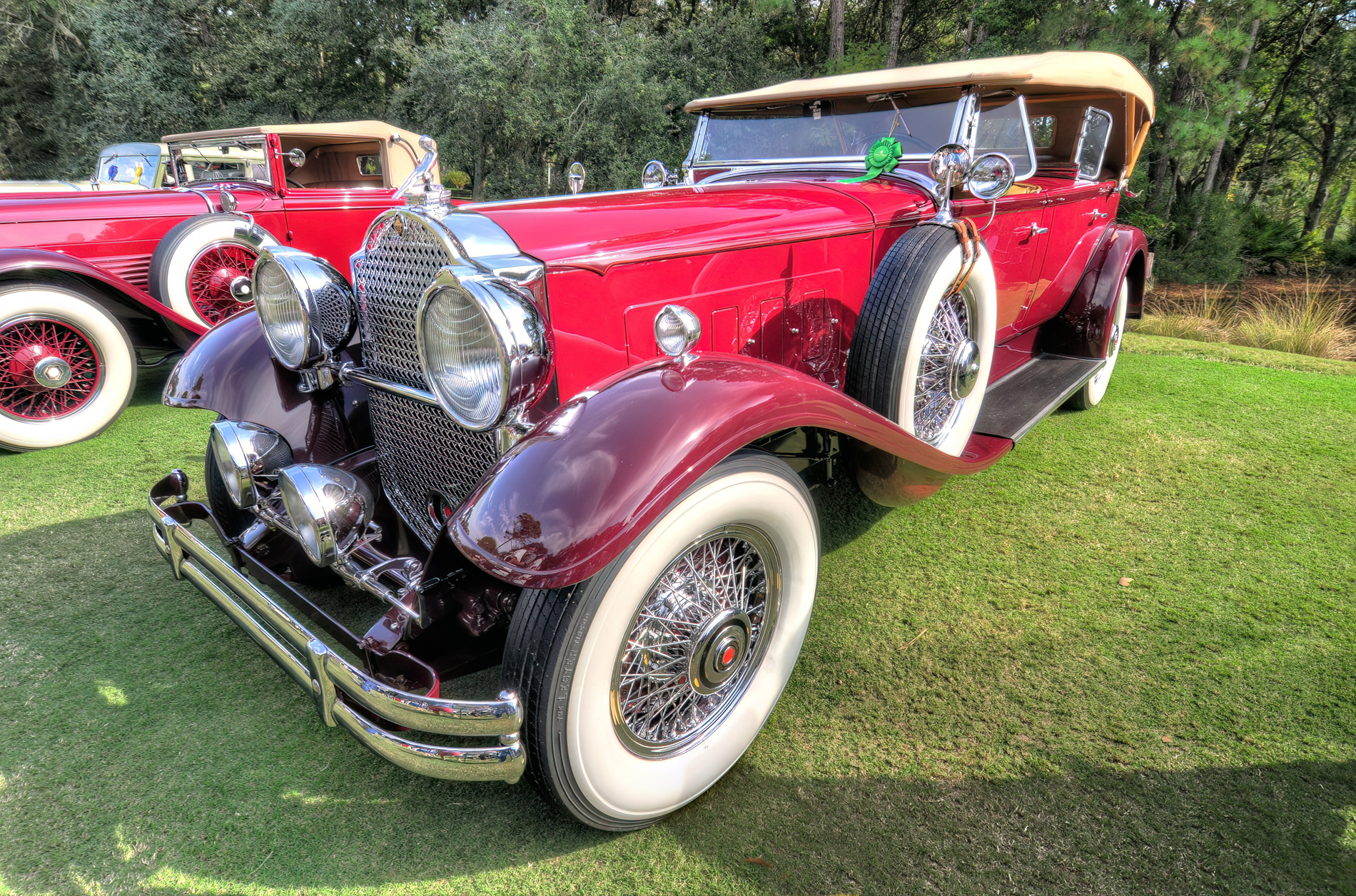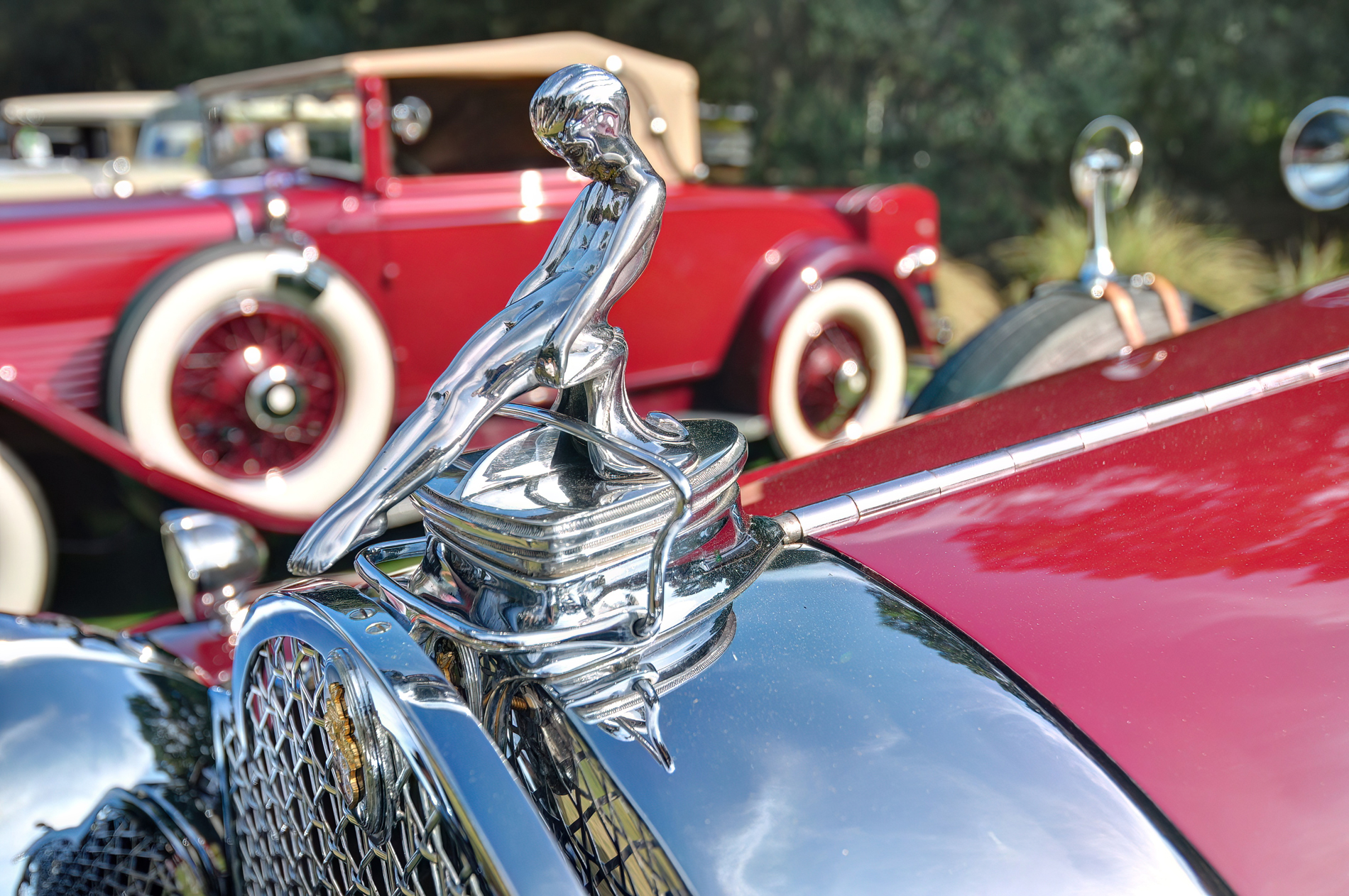
The 1930 Packard Open Touring Phaeton is a quintessential luxury automobile that combines timeless elegance, advanced engineering, and historical significance. Its powerful straight-eight engine, luxurious interior, and distinguished styling make it a standout example of classic American automotive excellence. The Packard's legacy continues to be celebrated by collectors and enthusiasts, ensuring its place in the annals of automotive history.
Overview
- Production Year: 1930
- Manufacturer: Packard Motor Car Company
- Model: Open Touring Phaeton
Design and Specifications
- Engine:
- The 1930 Packard Open Touring Phaeton was typically equipped with a straight-eight (inline-eight) engine.
- The engine displacement varied by model, commonly featuring a 319 cubic inch (5.2-liter) engine.
- This engine produced around 90 to 105 horsepower, providing robust performance for the era.
- Transmission:
- The car came with a 3-speed manual transmission.
- The transmission was known for its durability and smooth operation, contributing to the car's refined driving experience.
- Chassis:
- The Packard featured a sturdy, high-quality chassis designed to handle the car's size and weight while ensuring a smooth ride.
- It had a wheelbase ranging from 127.5 inches to 145 inches, depending on the specific model and configuration, offering a spacious and comfortable interior.
- Suspension:
- The front suspension used a solid axle with semi-elliptic leaf springs.
- The rear suspension also featured a solid axle with semi-elliptic leaf springs.
- This setup provided a balance between ride comfort and handling stability.
- Brakes:
- The car was equipped with mechanical drum brakes on all four wheels, which were standard for the period and provided reliable stopping power.
Performance
- Top Speed: The Packard Open Touring Phaeton could achieve a top speed of approximately 80 mph (129 km/h), which was quite impressive for a luxury car of its time.
- Acceleration: The car's straight-eight engine provided adequate acceleration, making it a capable performer for both city and highway driving.
- Handling: With its well-engineered chassis and suspension, the Packard offered smooth handling and a comfortable ride, befitting its status as a luxury vehicle.
Design Features
- Bodywork:
- The Open Touring Phaeton featured a classic and elegant design with flowing lines and a distinctive Packard grille.
- It was an open-top vehicle, offering an airy and luxurious driving experience with a retractable fabric top.
- The car had large, sweeping fenders, dual side-mounted spare tires, and stylish chrome accents, enhancing its prestigious appearance.
- Interior:
- The interior was luxurious and spacious, with high-quality materials such as leather upholstery and fine wood trim.
- It featured comfortable seating for up to five passengers, making it suitable for both personal use and chauffeur-driven applications.
- The dashboard was elegantly designed, with clear and functional instrumentation and controls.
- Styling:
- The car's styling was a blend of sophistication and grandeur, reflecting the luxurious standards of the Packard brand.
- Its long hood, large headlights, and elegant proportions contributed to its commanding presence on the road.
Legacy and Historical Significance
- Historical Significance:
- The 1930 Packard Open Touring Phaeton represents an era when Packard was synonymous with luxury, quality, and innovation in the automotive industry.
- It exemplifies the advanced engineering and craftsmanship that made Packard a leading luxury car manufacturer during the early 20th century.
- Cultural Impact:
- The Packard Open Touring Phaeton is a symbol of the opulence and elegance of the pre-World War II automotive industry.
- It was favored by wealthy individuals and influential figures, further cementing its status as an icon of luxury.
Taken at the Hilton Head Island Concours d'Elegance & Motoring Festival.
You may purchase a print of the 1930 Packard Open Touring Phaeton in our dElegance 2015 online gallery.
The Vintage Automobile Article Index



